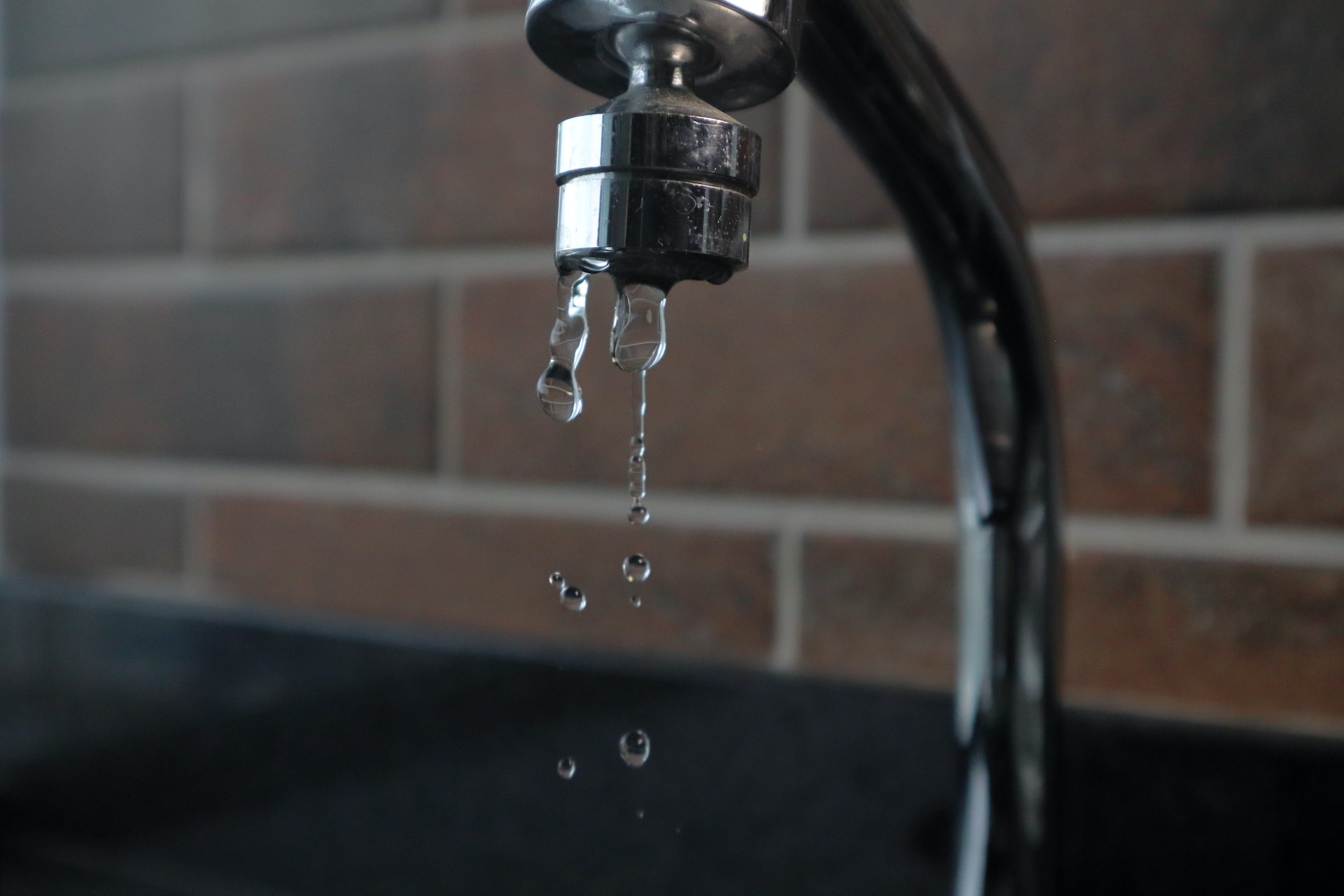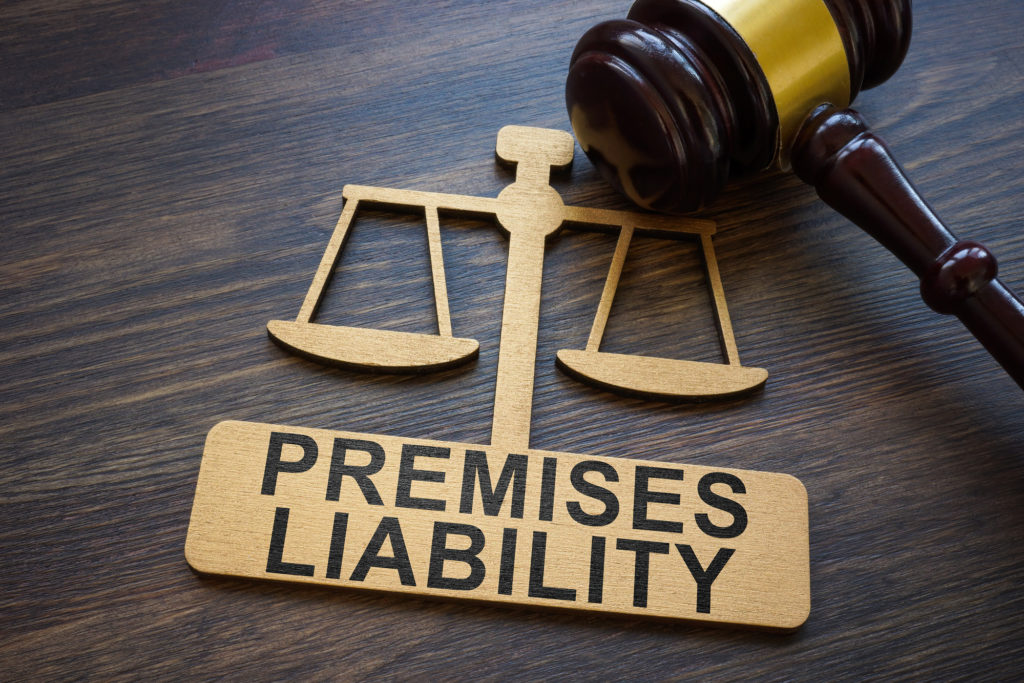Companies worldwide are taking steps to reduce their carbon footprint to achieve net zero goals, which is essential. However, it’s also crucial to address the issues of water scarcity and poor water management. Water scarcity is becoming a significant disruption risk for businesses and supply chains as it affects industrial operations and increases taxation for nations to protect drinking water. The UK and Germany are already experiencing a shortage of clean water, which impacts the viability of operations. The Global Water Observation System, proposed at COP26, will be a useful tool to evaluate the water crisis and assist companies in planning for scarcity scenarios. Nonetheless, companies can take immediate action using available tools and resources to address the issue across their operations.

Keeping tabs on your water usage
Businesses must enhance their water management approach to reduce their water footprint, which measures both clean water consumption and wastewater generation. According to the CDP’s 2020 Global Water Report, the cost of improving water management is only one-fifth of the total cost of water scarcity, and we encourage businesses to make these investments. Digital solutions can help in this effort significantly.
Based on our experience, businesses can improve water management by focusing on the following areas and using the suggested technologies and systems:
Monitoring water usage: Businesses can monitor their water consumption and identify areas of high usage by installing water meters and using data analytics tools.
Reducing water usage: Companies can reduce their water usage by implementing water-efficient technologies, such as low-flow fixtures, and adopting water reuse and recycling systems.
Managing wastewater: Firms can manage their wastewater by treating it on-site or collaborating with wastewater treatment providers to recycle and reuse the water. Technologies such as biological and chemical treatment systems can be utilized in this process.
Building water resilience: Businesses can improve their water resilience by implementing drought-resistant landscaping, harvesting rainwater, and using desalination technologies in water-stressed areas.
These efforts can help businesses reduce their water usage, increase efficiency, and mitigate water-related risks. Find a business water supplier online now to help you implement these efforts in your business.
Work towards reducing overconsumption
Historically, water resources have been undervalued, resulting in poor tracking and management of water usage. However, with the use of modern technologies such as IoT, AI, and remote sensing, water consumption can be precisely measured throughout the supply chain. This elevates water usage as a key performance indicator similar to greenhouse gas emissions.
One example is in the agriculture sector, where remote sensing and satellite monitoring can provide farmers with real-time monitoring of their farmed areas. By leveraging weather conditions and local topography, farmers can adjust irrigation routines to align with daily fluctuations in water availability and the water needs of the crops.
With digital solutions, companies can estimate their current and future operational risks based on climate forecasting, population growth, increased water demand, and natural disasters. By using simulation scenarios, they can identify areas of higher risk and higher returns on investment when assessing water management options and improvements. This enables companies to reduce overconsumption and make more informed decisions about their water usage.
Keep clean water from leaking and wasting
Clean water waste and leakages are often not controlled by companies, as it is not regulated in most countries. However, as clean water availability declines, this will become directly correlated with ensuring operational safety. In industries that are highly dependent on large volumes of clean water for their production processes, companies may need to adapt their production lines using technologies that increase costs or lower the quality of the products being produced.
Instead, companies can deploy predictive leakage detectors, sensors, and AI-assisted decision-making processes to locate, measure, and address water leakages in agriculture, industrial facilities, and households. This approach has been adopted by the England Environment Agency to reduce the three billion liters of clean water wasted per day due to household water leakages.
By installing leakage detectors, organizations can receive periodic readings of the integrity conditions of piping and connections, identifying wavelength fluctuations that indicate the presence of a crack. Machine-learning technologies can also predict pipe bursts, pressure changes in distribution lines, sewage clogging, and storm overflows. By improving predictive maintenance, such solutions can reduce losses associated with accidents, spills, and pipe bursts.
Natural Resources should not be contaminated
To prevent contamination of natural resources, it’s crucial to regulate the quality of wastewater discharged into water bodies. Digital solutions like digital twins and integrated asset management systems can be used to simulate scenarios and monitor wastewater quality throughout the operation. By analyzing data from multiple sensors, pumps, and detectors, companies can ensure effective water treatment operations and continuous improvement.
Smart pumping, pH sensors, chemical and oxygen detectors, weather forecasting, catchment monitoring, and methane detectors can be combined to improve the quality of wastewater discharged. Decision-making software can also be used to reduce the risk of human error in operational control and management. By consolidating all this information in a single system, businesses can keep a close eye on the overall parameters of the plant and ensure it becomes more energy efficient, consumes fewer chemicals, experiences less downtime, and maintains the quality of treated wastewater.
In Conclusion
In conclusion, businesses must recognize the critical role they play in addressing the global water crisis. By improving water management and reducing overconsumption, businesses can mitigate water-related risks and help ensure the availability of clean water for future generations. Digital solutions such as IoT, AI, and remote sensing can help businesses monitor their water usage, reduce wastage, and improve water quality. By adopting sustainable practices, businesses can not only protect the environment but also create long-term value for their stakeholders. The time to act is now, and every effort counts in overcoming the water waste woes that our world is facing.














